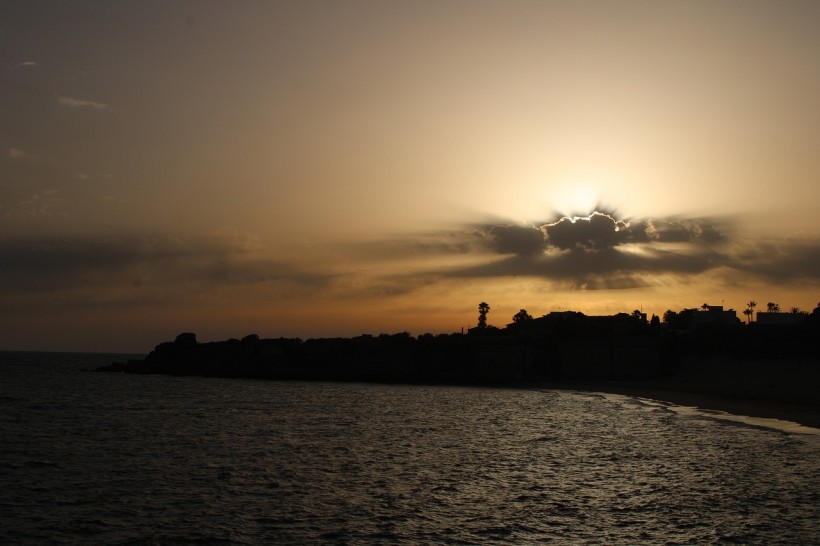For the first time, archaeologists were able to find historic landmarks and map out the lost city of Rungholt.
Legend of the Lost City of Rungholt
According to the legend, Rungholt used to be a city that thrived. It was thought to have been gobbled up by the North Sea in just one night after a heavy storm hit. It was believed that this swallowing was some sort of punishment for the sins of the inhabitants, Science Alert reports.
Yahoo! News adds that a local legend posits that local and drunken young men asked a priest to issue the last rites to a pig that prayed for the punishment of Rungholt. This was believed to be shortly before the heavy tides crashed.
The folklore indicates that such sins include wealth flaunting, impiety, and drunkenness, The Times notes.
Medieval legends also suggest that the clangs of the bell tower can be heard from deep within the North Sea.
MailOnline adds that, for over five decades, academicians have questioned if Rungholt was simply a mythical or fictional settlement that is like the famous and legendary Atlantis. However, a new study has unearthed the remains of this "Atlantis of the North Sea" in the Wadden Sea, specifically.
ALSO READ: 3,000-Year-Old Lost Golden City: Egypt's Biggest Discovery Since King Tutankhamun's Tomb
Lost City of Rungholt Found
Now, archaeologists of Christian-Albrecht University were able to find roughly 1.2 miles of prehistoric mounds that are located surrounding an island called Südfall. This was found after they mapped the area using a geophysical survey.
MailOnline adds that this stunning discovery took place roughly 660 years after Rungholt was engulfed in 1362. The town was primarily a trading area in North Frisia, which is a vital historic area in northern Germany.
Geophysicist Dennis Wilen from Kiel University explains in a press release that the remains of the settlement hidden beneath mudflats are localized first and then mapped over a wide range. To do so, various geophysical techniques are employed, including seismicity, electromagnetic induction, and magnetic gradiometry.
Included in the new findings are a large church's foundations, some drainage systems, and a harbor. According to the release, investigations in the flats continuously shed light on these vital new findings and offer insights regarding the prehistoric North Frisian people.
However, the researchers need to beat time, as the surrounding conditions could end up eating away at the remains of the lost city. Hanna Hadler, who is from Mainz University's Institute of Geography, explains how heavily eroded the remains are and that they are usually only traceable as "negative imprints." She adds the need for research to be strengthened and intensified.
The researchers mentioned to MailOnline that the discovery took place just four weeks ago and has not been included yet. However, it is unclear what remains after 660 years.
RELATED ARTICLE: Babylonian Theorem: How the Ancient City Calculated With Triangles 1000 Years Before Pythagoras
Check out more news and information on Archaeology in Science Times.















